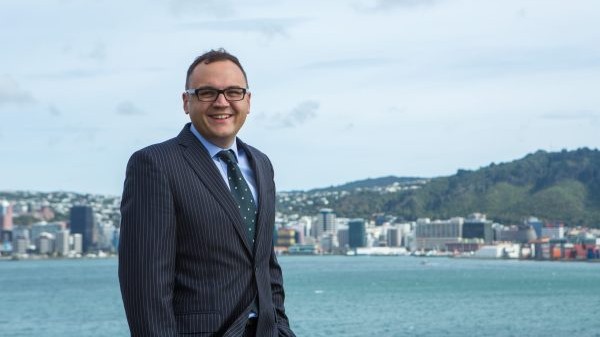Waka Kotahi and Government need to move beyond narrow focus on speed

I would like to start by wishing everybody a Happy New Year. Unfortunately, for some Kiwi families, the year has already gotten off to the worst possible start. The road toll for 2022 reached 378 – that’s 60 more than both 2020 and 2021. And of course, the toll has continued through the holiday period. What are some of the ways it could be reduced?
It is clear that the Government’s much publicised Road to Zero strategy has not been working. Waka Kotahi and the Government are too narrowly focused at the moment. It is a very narrow belief that just lowering the speed limits on state highways is going to be the panacea when it comes to lowering the road toll.
Don’t get me wrong: Transporting New Zealand supports lowering the speed limit in certain areas, particularly around high-risk areas like schools and marae, but it won’t provide the reduction in loss of lives and serious injuries that Waka Kotahi and the government believe.
What it will do is slow down tens of thousands of trucks that travel these routes every day. Lowering speed limits will make the freight task harder and it will slow down productivity. This will have serious negative economic consequences for the economy at a time when New Zealanders can least afford it.
We need the trucking industry, as the important ‘good cholesterol’ of New Zealand, to be as efficient as possible, because New Zealand is in challenging economic waters, with very high inflation. We know that one of the best ways, apart from spending less, to get out of an inflationary period is to grow the economy. The trucking sector is the key ingredient to that happening.
We’ve got very poorly maintained roads but just slowing roads down will only pile on more challenges for the industry. In our view, slowing speeds on the roads increases frustration and reduces safety on the roads as well, because car drivers will get frustrated and do stupid things around trucks.
Over the last decade, there have been fewer accidents where there have been fatal or serious injuries that were actually the fault of the truck driver. Eighty-two percent of accidents causing death or serious injury involving a truck were the fault of the other driver. Of course, any accident that involves a truck is one accident too many, but nevertheless this is a positive indication that there have been improvements in this space. This is a testament to good professional drivers and also to transport operators putting in place systems and training that improve the safety of everybody on the road.
We should undoubtedly be building better roads. Median barriers are not always popular in the industry, but actually they are a very good way of making the road safer, justifying a higher speed limit. If we can get those barriers in place on as many roads as possible then keeping the current speed limits will be an option. That’s really important to keep traffic flowing, however to date Waka Kotahi is not progressing this work as quickly as it hoped.
Just before Christmas, the Peka Peka to Ōtaki extension of SH1 was opened. This superb new road with great new surfacing has made a massive difference, improving the trip and reducing fuel consumption. Although, sadly, it has pushed the bottleneck at peak and holiday periods to the north. This new highway shows the importance of having good new roads in place. At present, there are no new Roads of National Significance on the horizon. There should be. In an election year we as an industry need to be demanding that of all the political parties, as they set their policies and put together their respective budgets.
Transporting New Zealand will continue to push for better roads this year. We will be keeping the spotlight on roading, on unnecessary speed limit reductions, and on a lack of maintenance. All of these ingredients matter.
Another big problem is other drivers not being aware around trucks, the fact that it takes a truck longer to stop and that impact has far more serious consequences for the smaller vehicle. Too many people are not wearing seat belts and there are too many drug and alcohol impaired drivers on the road. We have to continue to improve industry behaviour and work to reduce fatigue in our driver force to show we take these matters seriously and are prepared to do our bit.
General driver competency and training will also make a positive difference. Speed is an issue, certainly, but it is only one issue and part of a more complex whole.
By Nick Leggett, chief executive, Ia Ara Aotearoa Transporting New Zealand





